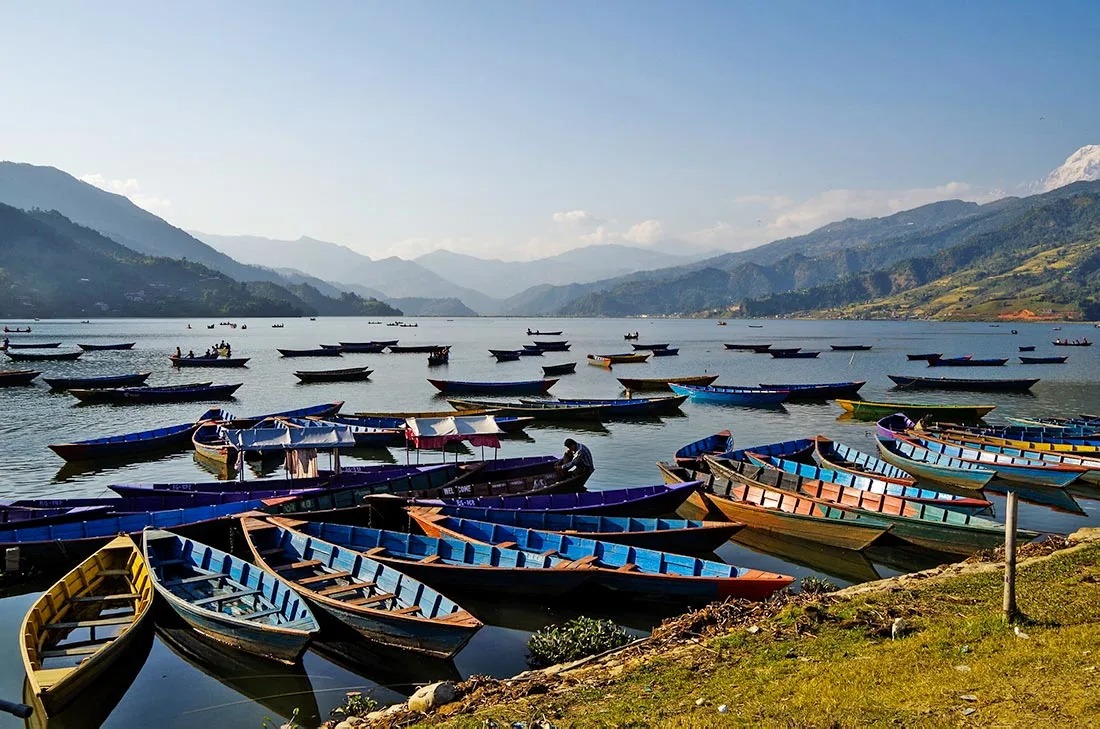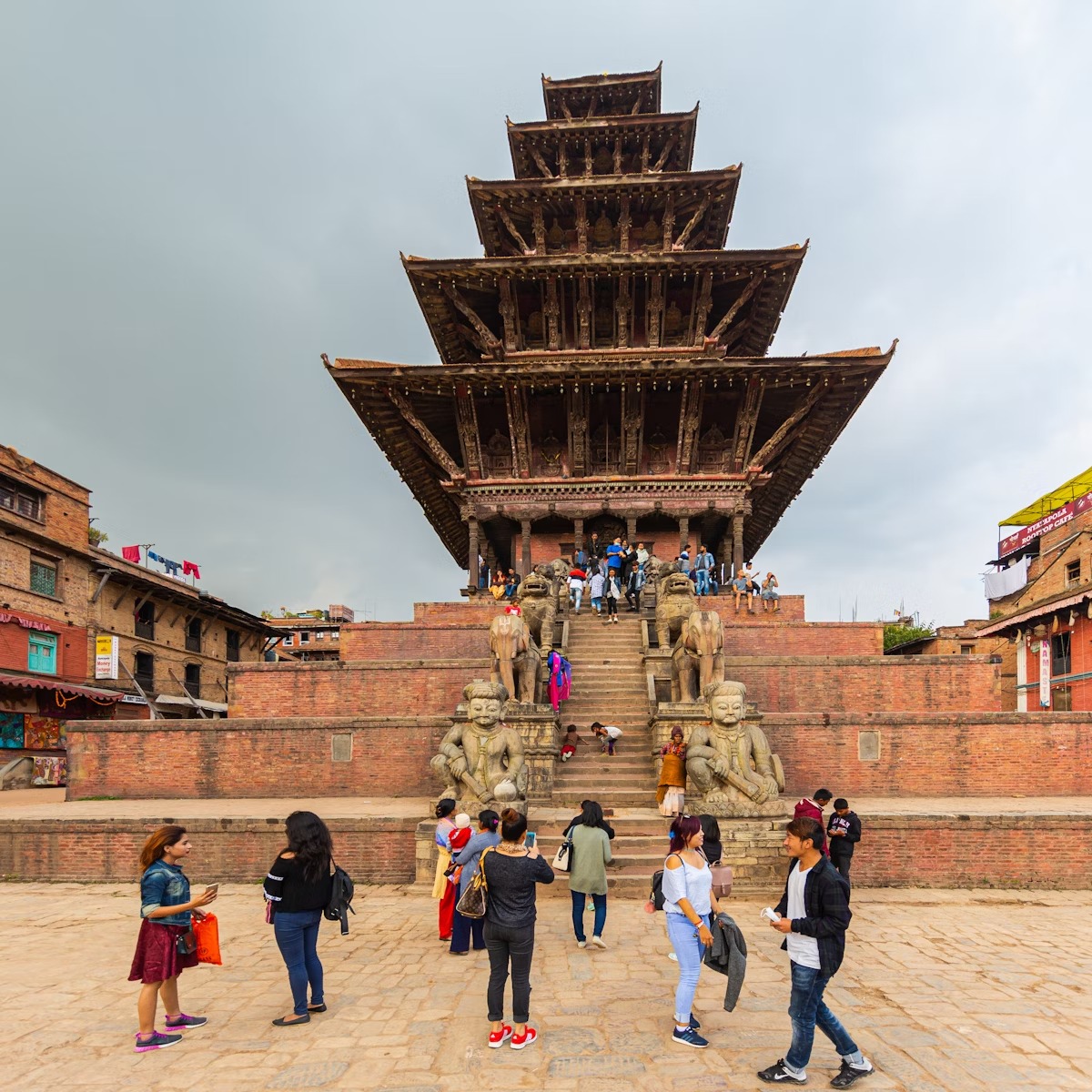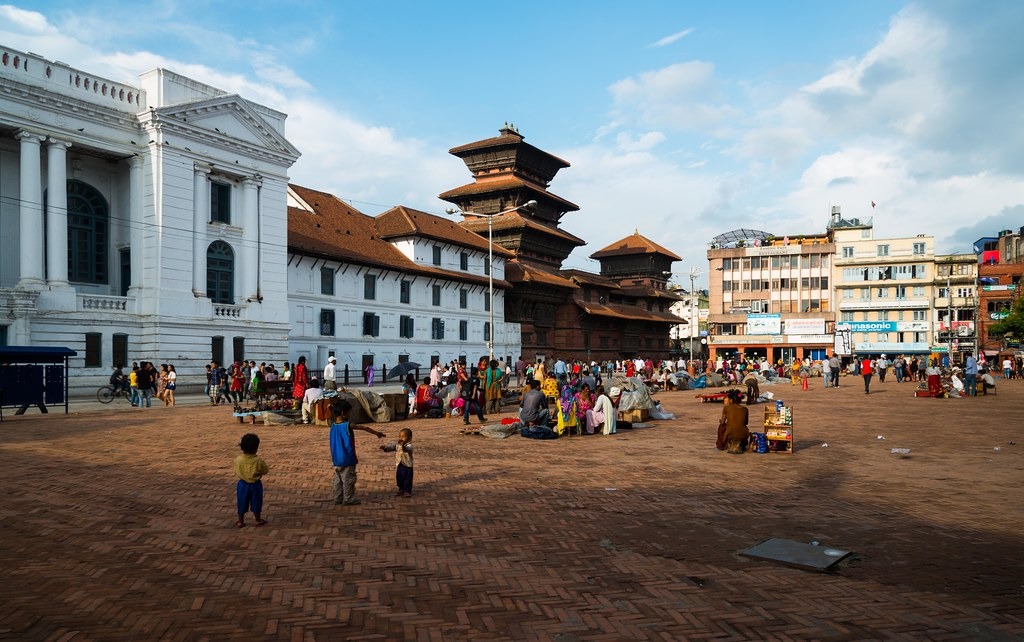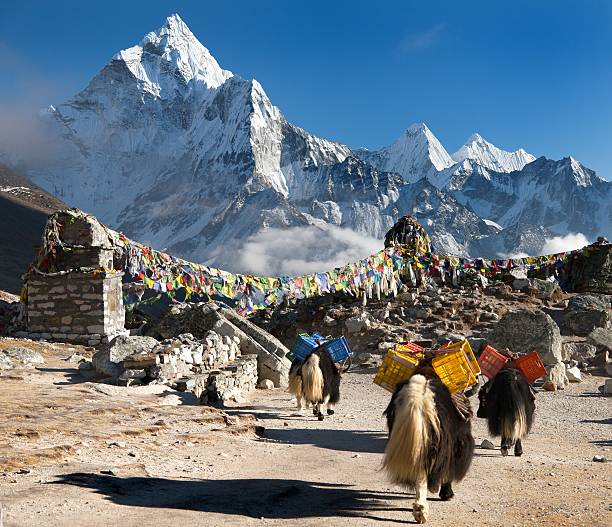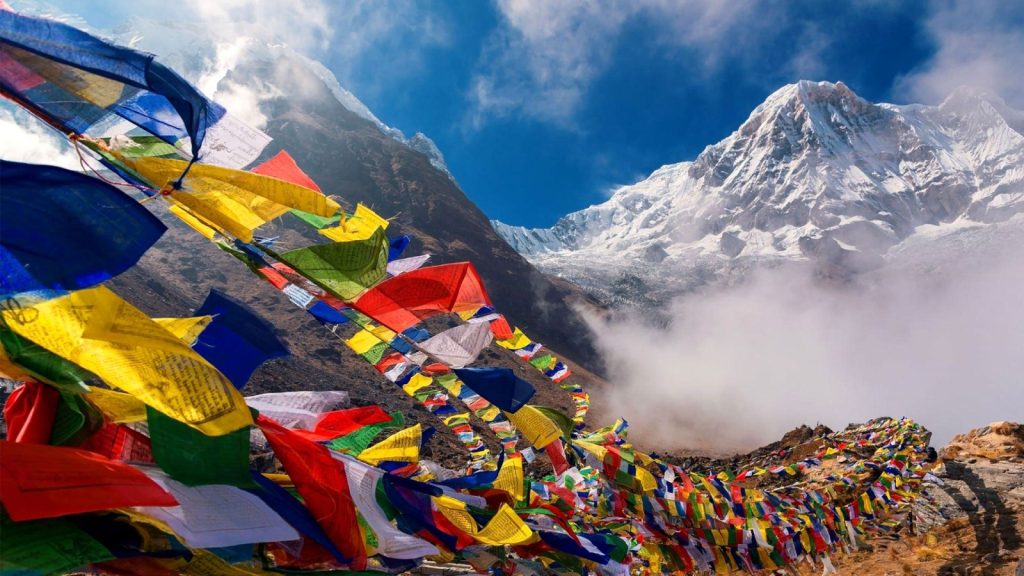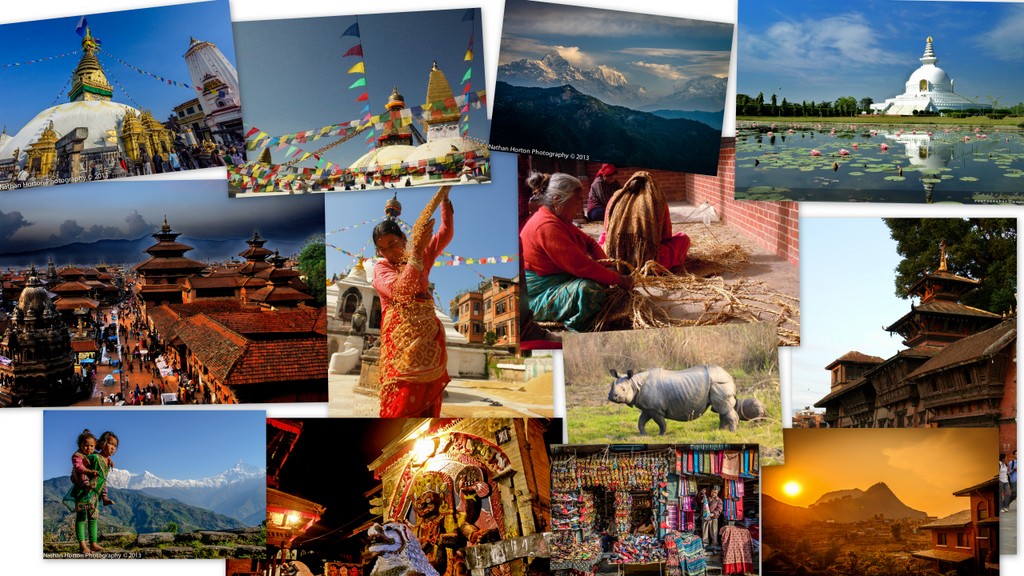
About Nepal
Thousands of prestigious employers for you, search for a recruiter right now.
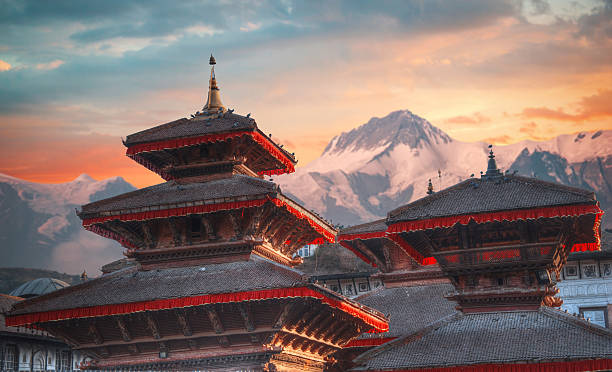
About Nepal
Nepal, a landlocked country nestled in the heart of the Himalayas, is renowned for its breathtaking natural beauty and cultural richness. Home to Mount Everest, the world’s highest peak, and Lumbini, the birthplace of Lord Buddha, Nepal attracts adventurers, spiritual seekers, and history enthusiasts from around the globe. With over 80% of its territory covered by mountains, the country boasts unparalleled opportunities for trekking, mountaineering, and wildlife exploration. Nepal is also a multi-ethnic and multi-lingual nation, with more than 120 ethnic groups and over 120 languages, making it a vibrant mosaic of traditions and customs. Its capital, Kathmandu, is often referred to as the “City of Temples” due to its dense collection of ancient religious monuments.
History of Nepal
Nepal’s history dates back thousands of years, with evidence of early civilizations flourishing in the Kathmandu Valley as far back as 300 BCE. The Licchavi Dynasty, beginning in the 4th century, marked the golden age of Nepalese art, culture, and trade. By the 18th century, Prithvi Narayan Shah unified the fragmented kingdoms into a single nation-state, establishing modern Nepal. The country remained an independent monarchy throughout history, avoiding colonization despite being nestled between two massive neighbors, India and China. Nepal transitioned into a federal democratic republic in 2008, marking the end of a centuries-old monarchy. Today, its historical landmarks, such as the UNESCO World Heritage Sites in the Kathmandu Valley, continue to stand as testaments to its rich and enduring heritage.
